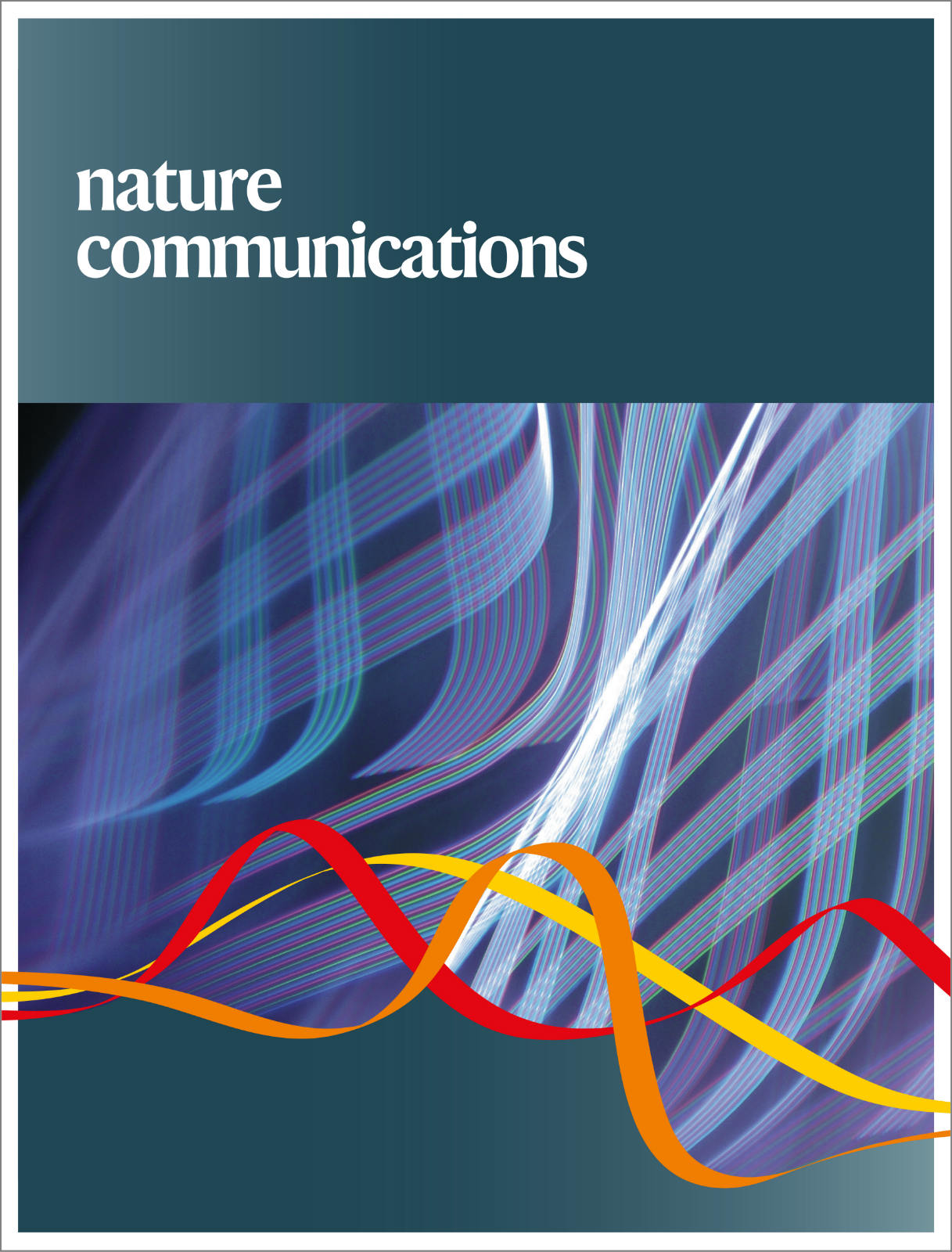可持续和经济高效的氢气生产使用铂簇在最低负荷。
IF 15.7
1区 综合性期刊
Q1 MULTIDISCIPLINARY SCIENCES
引用次数: 0
摘要
质子交换膜电解是一种很有前途的可持续制氢技术,尽管其可行性取决于在不牺牲催化效率的情况下最大限度地减少铂(Pt)的使用。这一挑战的核心是提高Pt的内在活性,同时确保催化剂的稳定性。我们在此提出了一种Mo2TiC2 mxene负载的Pt纳米簇催化剂(Mo2TiC2- ptnc),该催化剂需要最小的Pt含量(36 μg cm-2)才能发挥作用,但仍保持高活性和稳定性。Operando光谱和理论模拟提供了从MXene底物到PtNC的异常电荷转移的证据,从而产生了高效的富电子Pt位,用于稳健的析氢。当催化剂加入质子交换膜电解槽中时,在室温下,在200 mA cm-2下,催化剂的衰变率仅为2.2 μV h-1,可提供8700 h以上的时间。在相同操作条件下,Mo2TiC2-PtNC催化剂的各项性能指标均与现有析氢电催化剂相当甚至超过,从而挑战了目前电解槽设计中Pt/C-20%高负荷的垄断地位。本文章由计算机程序翻译,如有差异,请以英文原文为准。
Sustainable and cost-efficient hydrogen production using platinum clusters at minimal loading.
Proton exchange membrane water electrolysis stands as a promising technology for sustainable hydrogen production, although its viability hinges on minimizing platinum (Pt) usage without sacrificing catalytic efficiency. Central to this challenge is enhancing the intrinsic activity of Pt while ensuring the stability of the catalyst. We herein present a Mo2TiC2 MXene-supported Pt nanocluster catalyst (Mo2TiC2-PtNC) that requires a minimal Pt content (36 μg cm-2) to function, yet remains highly active and stable. Operando spectroscopy and theoretical simulation provide evidence for anomalous charge transfer from the MXene substrate to PtNC, thus generating highly efficient electron-rich Pt sites for robust hydrogen evolution. When incorporated into a proton exchange membrane electrolyzer, the catalyst affords more than 8700 h at 200 mA cm-2 under ambient temperature with a decay rate of just 2.2 μV h-1. All the performance metrics of the present Mo2TiC2-PtNC catalysts are on par with or even surpass those of current hydrogen evolution electrocatalysts under identical operation conditions, thereby challenging the monopoly of high-loading Pt/C-20% in the current electrolyzer design.
求助全文
通过发布文献求助,成功后即可免费获取论文全文。
去求助
来源期刊

Nature Communications
Biological Science Disciplines-
CiteScore
24.90
自引率
2.40%
发文量
6928
审稿时长
3.7 months
期刊介绍:
Nature Communications, an open-access journal, publishes high-quality research spanning all areas of the natural sciences. Papers featured in the journal showcase significant advances relevant to specialists in each respective field. With a 2-year impact factor of 16.6 (2022) and a median time of 8 days from submission to the first editorial decision, Nature Communications is committed to rapid dissemination of research findings. As a multidisciplinary journal, it welcomes contributions from biological, health, physical, chemical, Earth, social, mathematical, applied, and engineering sciences, aiming to highlight important breakthroughs within each domain.
 求助内容:
求助内容: 应助结果提醒方式:
应助结果提醒方式:


